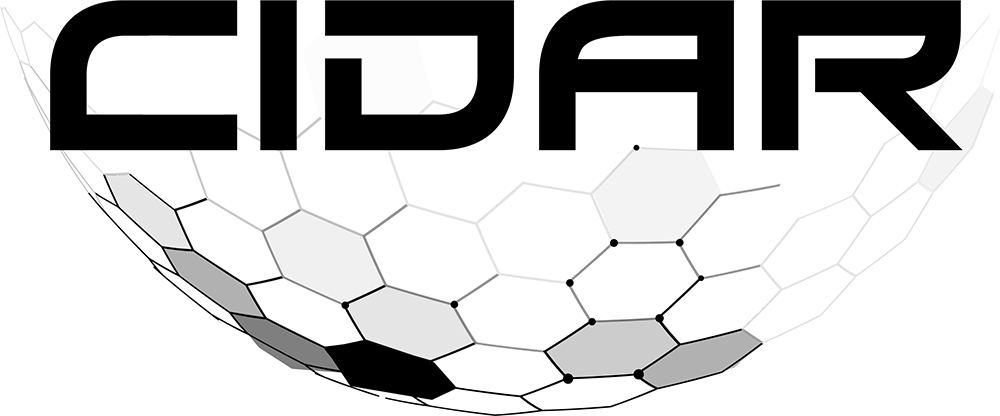FAQs
Last updated March 24, 2025
Q: Could you specify the optical filter bandwidths and the integration time on the cameras? Also, if temporal filters are of interest, what are the realistic bounds of temporal capabilities of your detector?
A: We will provide a variety of bands, including visible, short-wave infrared (SWIR), and mid-wave infrared (MWIR) from a variety of cameras. Short videos will be provided for each camera. Temporal information will be provided via an event camera in the visible band only. All this information will be provided in a readme file in the data collect folder on BOX.
Q: Can you please suggest what is the resolution of the multispectral images? Also, do you expect the participants to deal with noisy data or should the participant expect the data would be relatively curated for the initial challenge phase?
A: The resolution information will be provided in a readme file in the data collect folder on DARPA BOX. Typical noise abatement will be performed on the images prior to distribution.
Q: Will challenge information be shared that will aid algorithm development? If so, can you inform us on what type of information this might be?
A: No information will be shared towards algorithm development.
Q: What are the minimum target sizes at 2 km, 5 km, 10 km, 20 km, and 100 km, in terms of pixels, respectively?
A: Adequate pixels on target will be provided.
Q: When detecting targets, are the targets solids (i.e., rigid bodies), gases (e.g., air plumes with a different temperature), or both?
A: Rigid bodies.
Q: What type of ranging should the algorithm perform? Full scene range estimation? Multi-Target Ranging in cluttered background? Single Target Ranging in cluttered background?
A: Single target ranging with minimally cluttered background
Q: Is it expected that the target will vary from resolved (i.e. multiple pixels on target) to unresolved (i.e. multiple pixels on target)?
A: Targets will be resolved.
Q: What is the nature of the filters that are mentioned? Are they already chosen by the CIDAR leads? Will the participants be able to recommend/design these filters? If so, what are the constraints on the filter types, sizes, or placement in the optical design? Is there a filter wheel and if so, can it be switched?
A: Yes, filters are already selected, and data has been acquired for the semifinal competition. Filter and camera information will be provided in a readme file in the data collect folder on BOX. For the final competition please recommend filters in your abstract and we will consider your input when acquiring imagery.
Q: Do all measurements share the same entrance aperture or are different measurements taken using spatially separated cameras?
A: Different measurements are taken using spatially separated cameras.
Q: Is the challenge focused primarily on algorithm development, or is the challenge open to incorporating novel hardware solutions?
A: The challenge is focused on algorithm development. New hardware approaches are not allowed, and all scoring will be provided on challenge provided imagery.
Q: Will all teams receive the same set of data/images?
A: Yes, all teams will receive the same set of data.
Q: Is the distance metric to be optimized, connected to a specific target or for all the pixels of the image? Will the winner be decided based on least error averaged over all pixels?
A: The distance metric will be connected to specific target and point on the target. The winner will be based on scoring criteria on cidar.darpa.mil.
Q: Will calibration data be provided for any specific targets or some specific images?
A: No
Q: Will camera parameters for monocular vision or stereovision calibration parameters be provided?
A: Monocular camera information will be provided in the readme file included with the data but there will be no stereovision.
Q: If we propose a stereo solution (i.e. two or more cameras with simultaneous capture) would this be considered within the scope of the challenge?
A: No, stereo solutions are not within the scope of the challenge.
Q: What is required deliverable for the semifinal submissions? Does that include source code?
A: For the required deliverable, each team will receive a template to record their distance calculations for the semifinal submission. Source code is not required.


